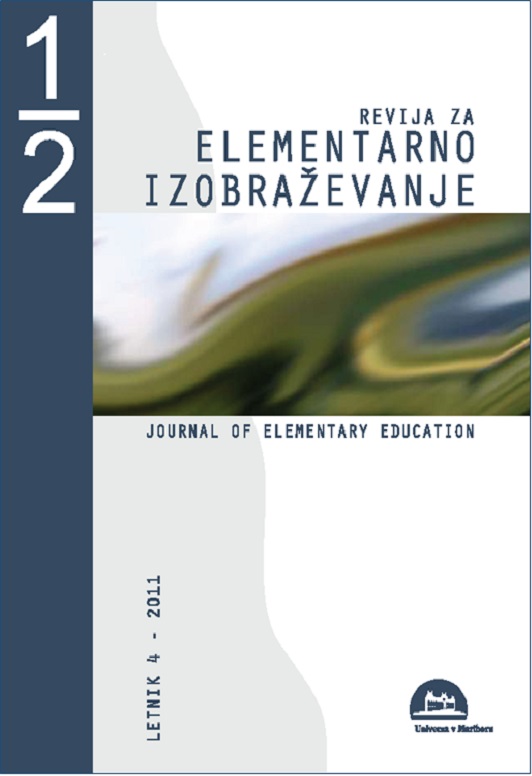Vejica premalo ali preveč pri študentih razrednega pouka
Keywords:
orthography, punctuation, comma, lesson plans, Students of Primary EducationAbstract
Comma – Too Few or Too Many – with Students of Primary Education. The paper brings the results from the analysis of 89 written lesson plans for the subject Slovenian language, prepared by 4th-year primary education students in the academic year 2009/10 obligatory for the subject Didactics of the Slovenian language. It presents the disregard of orthographic usage of comma. I establish that these kinds of mistakes are being noticed by students very frequently. The disregard of orthographic rules taking into account is reflected in two groups of comma usage – (1) comma is omitted, (2) comma is added. In terms of orthography both are wrong. The omission of comma appears: 1. between syntactic equal parts of simple or complex sentence, i. e. between no-sentential equal parts ( /49/ »/…/ V vaših delovnih zvezkih pa je še en želod, ki je prevlečen, tudi po tem pojdite s prstkom ▬ in sicer od travice k soncu in nazaj k travici.« ) and between sentence equal parts ( /79/ Učenci poslušajo navodila ▬ nato pa se glede na podana navodila ustrezno gibljejo. ); 2. between main and subordinate clause ( /29/ Na glas preberejo, kaj so podčrtali ▬ ter sodelujejo pri analizi. ); 3. between semi-clause and second part of the sentence ( /63/ Počasnejšim učencem razdelim besede ▬ zapisane na kartončkih, s katerimi si lahko pomagajo pri tvorjenju prve povedi. ) and 4. between interjection or vocative verbless sentences and second part of the sentence ( /17/ »Učenci ▬ kateri letni čas pa je sedaj?« ). The addition of comma appears: 1. between parts of a coordination ( /67/ »Sedaj pa naj eden iz skupine pride pred tablo , ter prebere, kakšno poved ste tvorili.«. ); 2. after individual parts of a sentence ( /15/ Eno jabolko na dan , prežene bolezen vstran. ); 3. in front of individual parts of a sentence ( /14/ Gabrijela (čarovnica) učencem pove, da je po nerodnosti izbrisala vzorce , v njeni čarovniški knjigi. ); 4. in front of final ellipsis ( /37/ Ostale besede so npr. še: rog, plug, sneg, zlog, pobeg, smog, poteg, polog , … ); 5. between parts of multiword conjunction ( /18/ S tem , ko sproti ponavljamo in obnavljamo besedilo, sproti ustno odgovarjamo na vprašanja, ki so v 4. nalogi. ) and 6. after greetings ( /77/ Lepo te pozdravlja , Tina.).
Downloads
Downloads
Published
Issue
Section
License
Copyright (c) 2011 The Journal of Elementary Education

This work is licensed under a Creative Commons Attribution-NonCommercial-NoDerivatives 4.0 International License.
